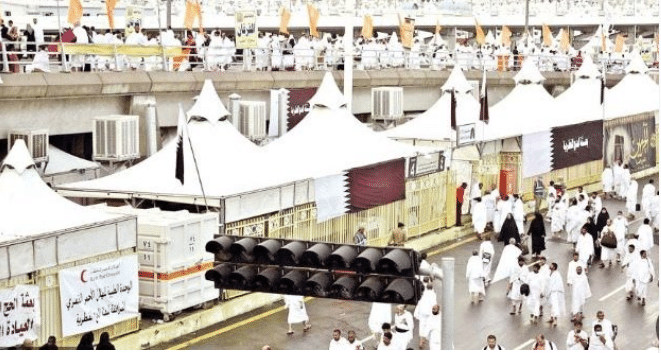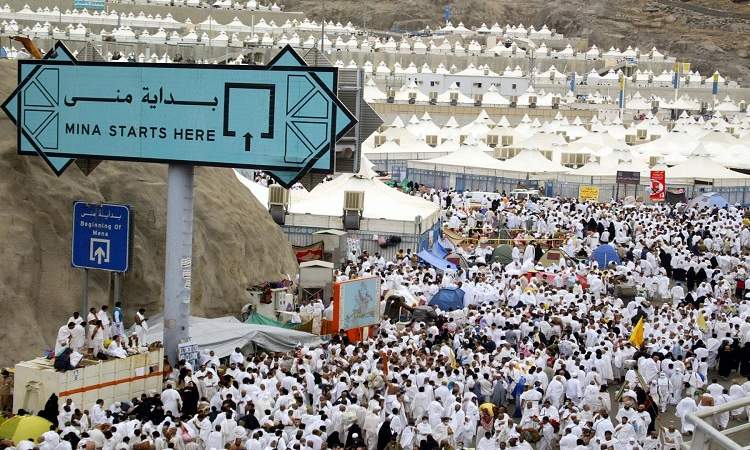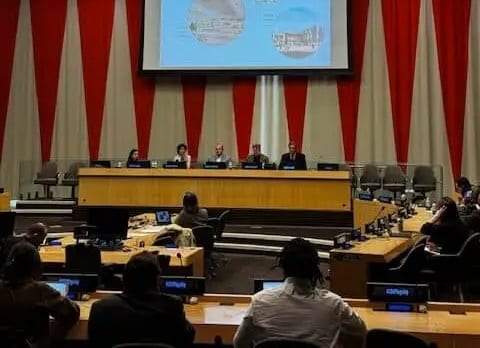Mina The Starting Point of Hajj in the City of White Tents
As the Hajj season approaches, I often find myself drawn to satellite images and aerial footage of Mina. This site is crucial for the Mina Hajj, located just east of Mecca. Almost overnight, this peaceful place transforms into a vast sea of perfectly arranged white tents. What catches my attention is not just the sheer size, but the order and calm before millions of pilgrims arrive.
Watching this remarkable transformation raises a question in my mind: Is Mina a work of architecture with soul, or simply a feat of engineering?

More Than Just Tents: Materials and Modular Design
Mina spans nearly 20 square kilometres and includes over 100,000 fire-resistant tents. These structures aren’t just simple fabric shelters engineers have innovatively designed them for Mina Hajj, using fibreglass coated with Teflon, which resists fire, extreme desert heat, dust, and humidity.
Each tent stands on a concrete slab and connects directly to water and electricity lines. In some zones, authorities have installed central air conditioning systems. This is far from ordinary camping . it reflects a precisely planned and climate adaptive setup.
To manage the crowd effectively, the organisers use standardised tent sizes. The most common configuration, 8 by 8 metres, houses around 50 pilgrims. They also provide smaller and larger sizes to accommodate different group needs.

Mina: From Ghost Town to the World’s Most Crowded City
For most of the year, Mina is quiet and empty. But during the Mina Hajj, it bursts to life, hosting nearly three million people in just a few days.
Pilgrims stay in Mina starting from the Day of Tarwiyah (8th of Dhu al-Hijjah). They remain through the days of Tashreeq (11th to 13th of Dhu al-Hijjah), performing the ritual stoning of the Jamarat. They spend about five days in total.
Handling such a massive crowd requires precise organisation, including:
- Designated pedestrian paths and transportation networks like the Mashair train and shuttle buses
- Advanced water and sanitation systems
- 24/7 emergency medical services
- Smart monitoring systems to ensure safety and smooth movement

Architecture of Function, Movement, and Compassion
Some might say Mina lacks traditional architectural beauty: no ornate facades, domes, or plazas. But that doesn’t mean it isn’t architecture.
Mina represents a different kind of architecture one focused on function, efficiency, and care. It’s designed to protect pilgrims, provide comfort, and facilitate their spiritual rituals safely as they participate in the Mina Hajj.
The beauty here is not in form but in purpose in the flow of people, the choice of materials that protect against harsh conditions, and the layout. This allows millions to move, rest, and pray in harmony.

The Largest Tent City on Earth
When compared globally, Mina’s scale and purpose are unmatched. For instance, the Burning Man festival in Nevada hosts about 70,000 people. The Zaatari refugee camp in Jordan shelters around 80,000 refugees. However, Mina welcomes close to three million pilgrims, making it a pivotal centre during the Mina Hajj — but only for a few days.
This makes Mina the largest temporary city on the planet. It is a city that breathes life for just five days and then returns to silence.

Questions and Answers About Mina During Hajj
Q: How many days does a pilgrim stay in Mina?
A: Pilgrims stay in Mina for about five days. They start on the Day of Tarwiyah and continue through the days of Tashreeq to perform their rituals.
Q: Why are the tents arranged in such a grid pattern?
A: The grid layout helps manage the huge crowds and provides emergency pathways. It reduces fire risks and facilitates easy access to services like water and electricity.
Q: Do the tents offer any special comforts?
A: Yes, some areas have central air conditioning. All tents are connected to water and power lines to improve comfort amid the harsh desert climate.
Q: How do organisers manage the movement of millions of pilgrims in Mina?
A: Organisers coordinate the movement using a sophisticated logistics system. They operate multiple transport routes, monitor activities electronically, provide 24/7 medical care, and enforce strict scheduling of rituals during the Mina Hajj to ensure smooth flow and safety.






